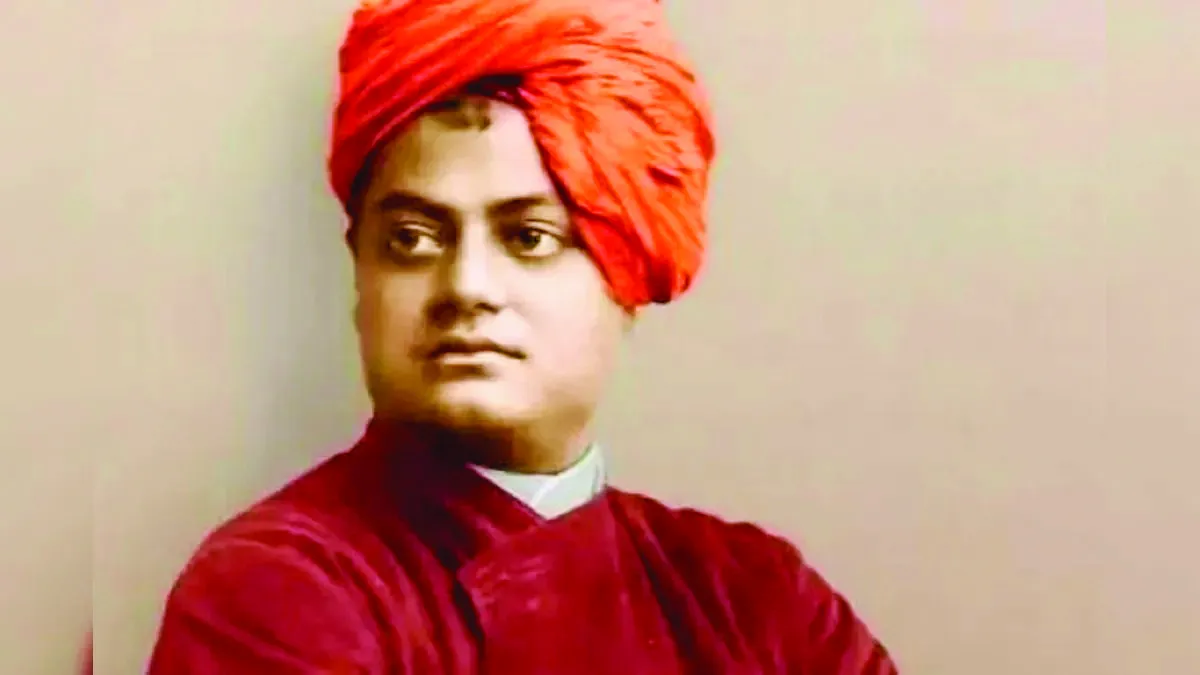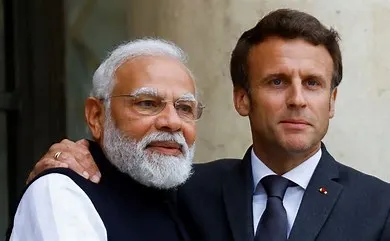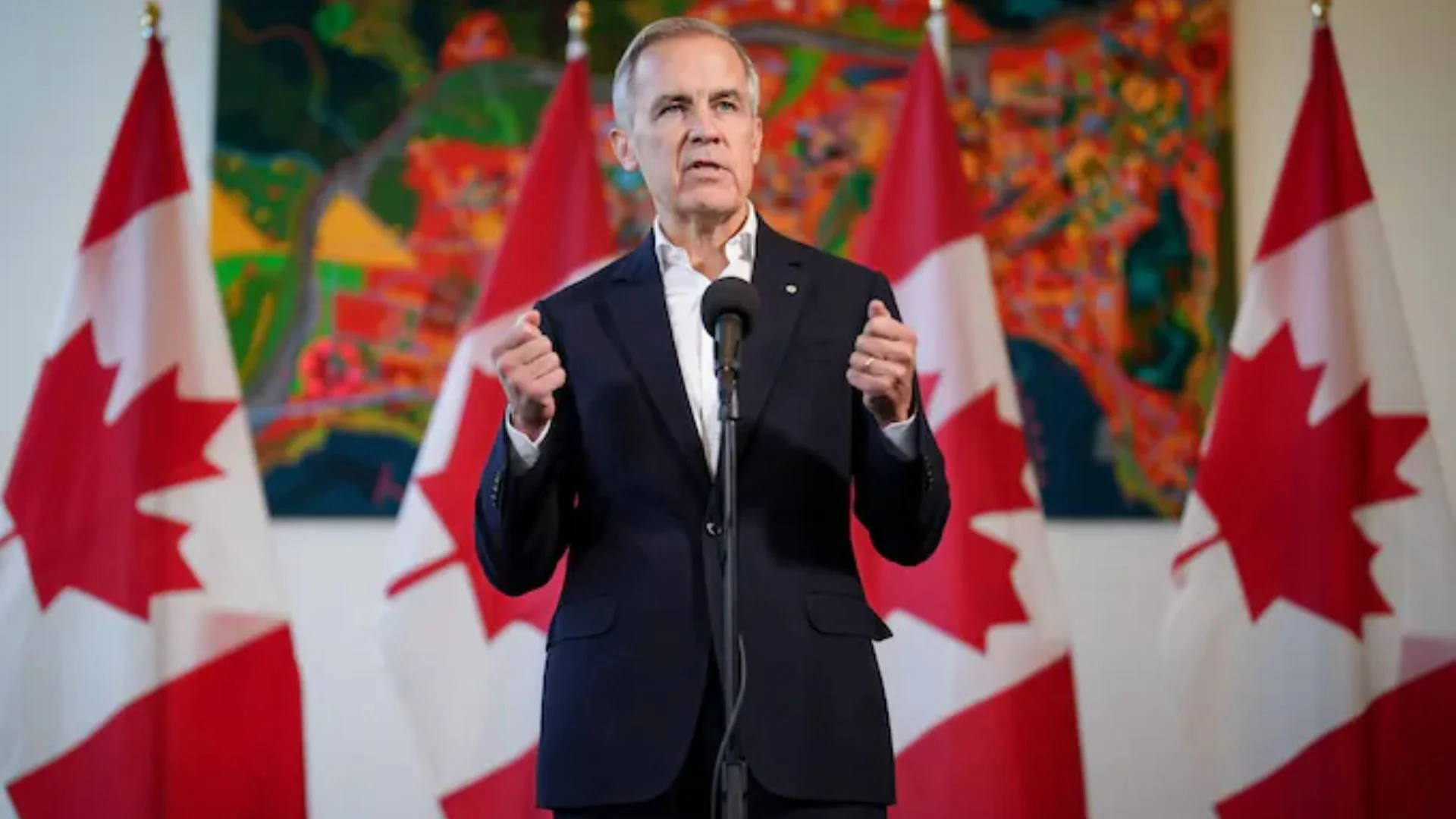Why do nations go to war? It is an enterprise fraught with human misery and economic ravage. Indeed, why did India and China go to war in November 1962? Prima facie, it was the boundary dispute. The British reared on the Westphalian notion of nation states, based their boundaries on strategic interests. Accordingly, a string of protectorates and buffer states of Tibet, Nepal, Sikkim and Bhutan were created to keep Russia and China at bay. Similarly, the Chinese too favoured borders based on strategic interests, since whenever the central power in China was weak Sinkiang and Tibet had lapsed into autonomy. Further, there was no automatic justification for the colonized power to automatically assume that boundaries had been negotiated even if a Treaty existed with the colonial power. This brought India and China into direct conflict since Nehru based his conclusions on historical evidence which showed the Ardagh Johnson Line in Aksai Chin as the traditional boundary between Kashmir and Tibet based on revenue collection, census returns, control of trade routes and public works projects. Maharaja Gulab Singh arrived at an agreement with Tibet in 1846 on mutually agreed frontiers but a precise boundary was not demarcated since civilisation states had frontiers not boundaries. Nehru was so convinced about the historical evidence he assumed that China and the world would also acknowledge India’s position. This was the primary reason for the Forward Policy where Indian troops were positioned in vacant areas of the border from 1961 onwards with strict instructions to avoid conflict.
How did relations deteriorate to such an extent that the Forward Policy became a necessity? It was a series of missteps and blunders that began by abandoning Tibet ignoring centuries of civilisational ties between India and Tibet when India refused to back the UN resolution on Free Tibet sponsored by San Salvador in the face of Chinese occupation of Tibet in December 1950. When it became clear that the UN would not intervene a 17-point agreement was signed between Tibet and China on 23 May 1951. This was the first such written agreement between Tibet and China after CE 821. India had the most to lose since it meant compromise of India’s water security as Indus, Sutlej and the Brahmaputra emerge from Manasarovar region of Tibet and an unsettled border in perhaps the most desolate and harsh terrain in the World. Yet India kept silent.
There was an opportunity to resolve the boundary issue in April 1954 when the Pancaseela Treaty was signed, giving away all trading rights and garrisons at Tibetan trade centres without addressing the border question. No reference was made to the British Tibet trade agreement signed in 1914, but only to China Britain trade agreement of 1908. This opened up the possibility for China to renegotiate the McMahon Line. The real danger lay in the Ladakh Sector where no survey or alignment existed. The only concession granted to India was specifying six border passes for cross border movement of grazers. All six passes were in the Central Sector. To reinforce Indian claims significant passes in Ladakh such as the Karakoram Pass and the Kanak La Pass or passes along the Mc Mahon Line could also have been specified. Nehru was in a hurry to sign the Pancaseela Treaty as he wanted to counter the American Policy of arming Pakistan. Negotiating with the Chinese when constrained for time and leaving anything open ended is a recipe for disaster. China astutely realized that the Indo-Pak hostility was unlikely to abate. The Patton Tanks Pakistan sought could not be used against China and therefore did not hold it against Pakistan. To Nehru, since the Chinese had not raised the border question, the border had been settled. An “unilateral approach to a bilateral problem” was fraught with danger. Nehru preferred to make statements in Parliament about the inviolability of India’s frontiers, hoping the Chinese would take note. That the Chinese had no such intention became amply clear when barely two months later the Chinese complained of an armed intrusion into Wu Je (Barahoti in Uttarakhand) in the Central Sector on 29 June 1954.
The next blunder was ignoring the construction of the 110 mile long road through Aksai Chin which was built over a period of two years from 1955 onwards. Once it became public knowledge, it was difficult for Nehru to justify his policy of friendship to China. This was soon followed by loss of lives in Longju on the McMahon Line and Kongka La in Ladakh in 1958 when Indian troops were fired upon. Hiding the construction of the road was one thing, but loss of lives was entirely another. Nehru remained on the backfoot after this in Parliament. The window of opportunity that existed between 1954 and 1959 was firmly closed with the Dalai Lama’s escape to India from Tibet. To the Chinese, this was an unforgiveable act of hostility. To put it in perspective, it is akin to Pakistan hosting hostile non-state actors dedicated to splitting India. Therefore, Nehru’s attempt to balance three contradictory objectives—first, friendship with China; second, his innate sympathy for Tibetan people; and finally, India’s security—spectacularly backfired because of the inherent contradictions.
The next blunder was to espouse the cause of China for a seat on the UN Security Council by forfeiting India’s rights. This has been criticized by many since now China is the main obstacle for India’s entry into the Security Council. In China’s view, Asia is already represented by China and hence inclusion of Japan or India is not warranted. China also advocates a regional consensus on aspiring candidates for the Security Council, thereby bringing Pakistan into the equation. While Nehru’s motivation for bringing China into the fold of the United Nations can be understood as it would have made them more amenable to pressure from the international community, this decision appears to have proved costly for India as evinced by the systematic way China blocks India’s efforts to designate internationally proscribed terrorists hosted by Pakistan.
Nehru’s forays in foreign policy were unfortunately bereft of the other component of national power, the military. Independence saw a systematic relegation of the importance of the military and pliant officers such as Lt. Gen. Kaul had systematically replaced the older outspoken breed of Generals such as Thimayya the ex-Army Chief and Verma the ex Corps Commander of Ladakh. This forms fodder for Part 2 of this series on Himalayan Blunders.
Major General C. Mani was commissioned into the Corps of Signals of the Indian Army in June 1982. After retiring from the Indian Army in 2020, he has taken up employment in the corporate sector as the Vice President, Projects, Zen Technologies Limited, Hyderabad.




















